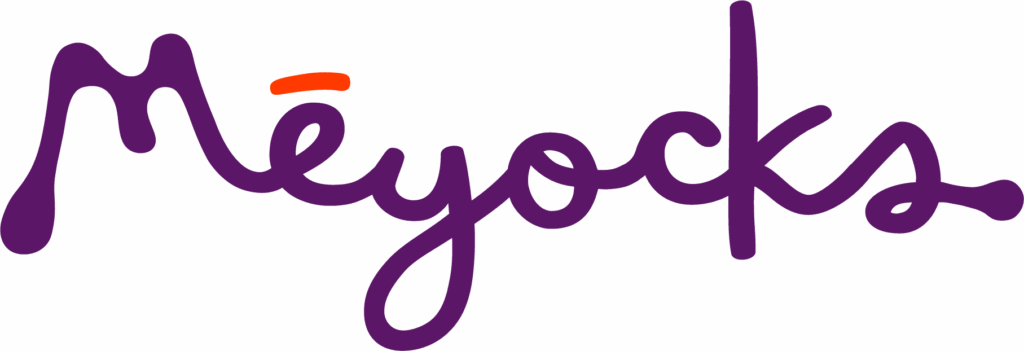Is your business monitoring social media?

One Social Media LLC founder and CEO Joe Soto likes to tell the story of how one of his employees was able to turn a public relations problem into a positive.
A Toyota customer posted something negative on Facebook about an experience she was having while getting her vehicle serviced. A One Social Media employee noticed the comment right away and called Soto’s client, Toyota of Des Moines, which promptly found the customer – still in the service department – and worked out the issue on the spot.
That led to a positive Facebook post.
“It really turned her attitude around 100 percent on the company,” Soto said.
When it comes to being on social media websites such as Twitter and Facebook, businesses are involved whether they want to be or not. If they aren’t at least paying attention to the world of social media, chances are they’re missing out, experts say.
“The reality is that people talk about businesses,” said Drew McLellan, owner of McLellan Marketing Group and a Business Record columnist. “Without a doubt, I would bet that there isn’t a business in Central Iowa that hasn’t been mentioned at least once on Facebook or Twitter. If you’re not using the tools to monitor that, (businesses) just assume they’re not being talked about, and that’s not the case.”
Put another way, “You’re going to be on Twitter whether you want to or not. It’s just that you may not know you are on Twitter,” said Brett Engstrom, Web services manager at Veridian Credit Union.
Local social media gurus say that more businesses – but not enough – are finding ways to participate in social media monitoring, watching what social media users are saying about their company, their competitors or the industry in general. And if they’re not, they should be.
In some cases, monitoring can have major customer service implications. In others, it can help a company shape its social media marketing strategy. Whatever the case, it represents a shift in how companies interact with their customers.
How companies tune in
Veridian has experienced situations similar to the one Soto described above, where either directly or indirectly the company has taken the opportunity to help a customer or answer someone’s question offline because of a complaint or inquiry online.
Beyond the customer service aspects, monitoring can help a company develop its overall social media strategy. Veridian just started using a company Twitter account in late October, but spent several months before that using Twitter for monitoring purposes.
“That was kind of the logical first step, because we were still formulating a plan,” Engstrom said. “I think it gives us a feel of what people are saying out there.”
Wellmark Blue Cross and Blue Shield has about one or two situations a month where monitoring comes into play with a customer, said communications coordinator Brooke Alexander. More important for Wellmark, she said, is for the company to keep a finger on the pulse of what people are saying about it.
“We’re kind of out there to do two main things,” Alexander said. “We’re out there to listen. We want to know how people perceive us, what kind of difference we are making in the community with our sponsorships and events, things like that. We’re also there to respond where people have concerns.”
Kum & Go LC Social Media Manager Mike Templeton said via email that the convenience store chain has recognized social media monitoring as an important tool to engage with customers. Kum & Go, which declined a phone interview due to what the company sees as the competitive aspects of monitoring, has a designated social media position at its store support center.
“Monitoring for issues and engaging customers directly through social media has enabled us to remedy situations in real-time – our customers love it,” Templeton wrote. “This is where many of our customers live and breathe, so it’s important to be there with them, listening and learning.”
Why it’s important
Norah Carroll, a digital strategist at Lava Row Inc., said the social media consulting firm has been encouraging its clients to monitor their names on social media for a long time. Changes in the social media realm are starting to force businesses to come around to that line of thinking.
“I think now customers are getting more comfortable mentioning directly to companies,” Carroll said. “Somebody has a bad experience at a restaurant, they’re going to mention that restaurant. I think we’re becoming more and more comfortable with that, and companies are seeing that whether or not you’re listening, these conversations are taking place.”
McLellan sees businesses making mistakes in how they handle their social media accounts because of a lack of monitoring. For example, when a business sends out a tweet or posts a Facebook message, it often isn’t prepared to handle immediate responses by followers and fans. Responding to a message days after it was posted hurts the business from a marketing standpoint, he said.
On the other hand, effectively monitoring what is said can provide several advantages.
If a company is able to effectively respond in a social forum in a timely manner, “that’s like word of mouth on steroids,” McLellan said. “Everybody is eavesdropping in on you handling this customer service issue. It’s like a living, breathing case study testimonial all unfolding before their eyes, and you are going to earn their trust and respect.”
Monitoring can also be an effective tool for market research, letting businesses know what is being said about their industry online. It can even provide an advantage in knowing what complaints people have about a competitor, so the business knows not to make the same mistakes.
“That’s the nice part about it,” Soto said. “By being proactive – by watching it online or subscribing to the right feeds – you’re just putting yourself at the forefront ahead of everybody else.”
And when people are saying good things about a company, that company not only knows to keep up the good work, but also has the opportunity to market itself based on things customers say they like, McLellan said.
Soto said he speaks every week in front of groups ranging from 70 to 500 people, and it’s clear that most people care about what is being said about their business online. However, when he asks how many people are monitoring, he said, “usually only one or two people’s hands go up.”
“To me, that’s crazy,” Soto said. “If you care about your online reputation, you’ve got to make it part of what you do.”








